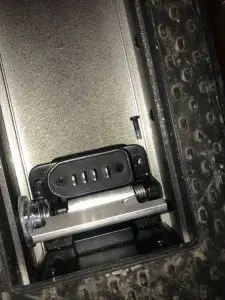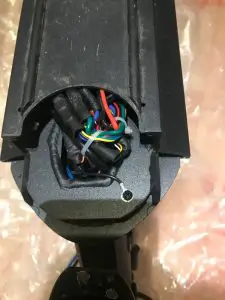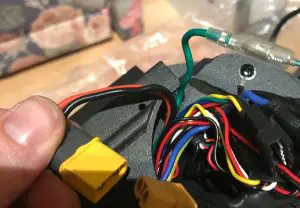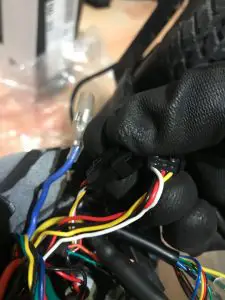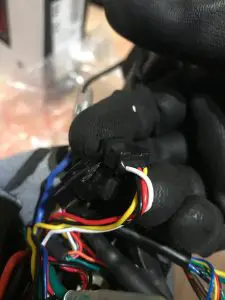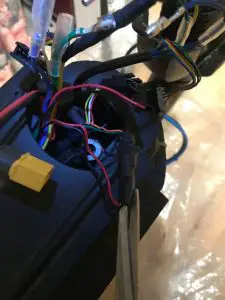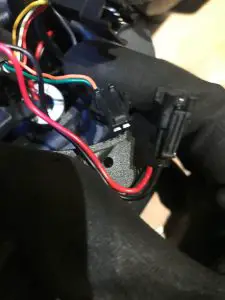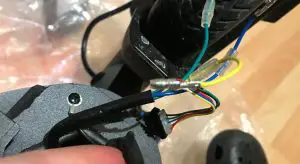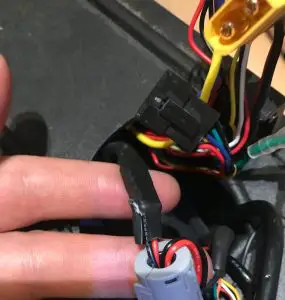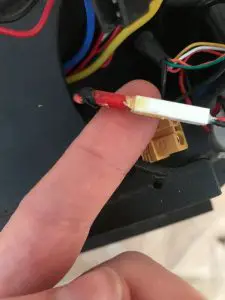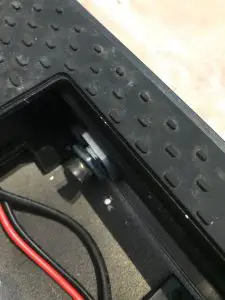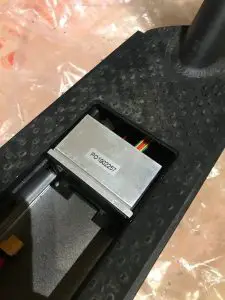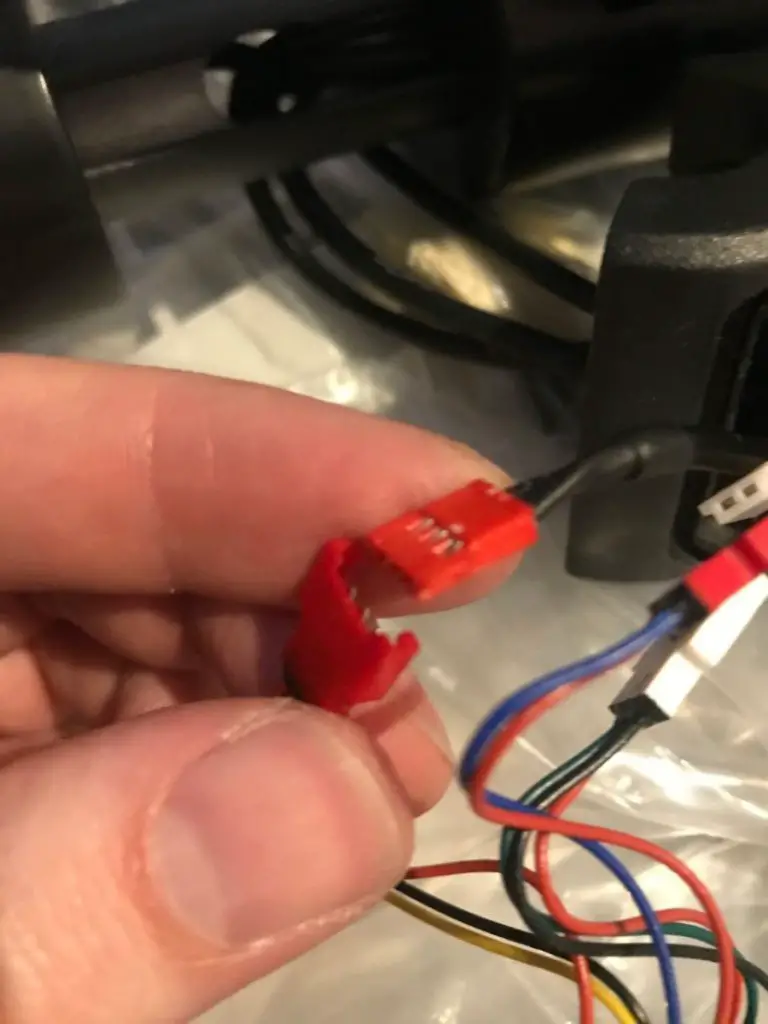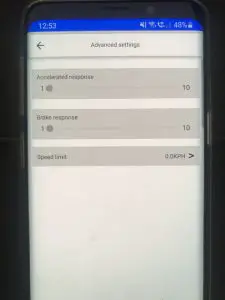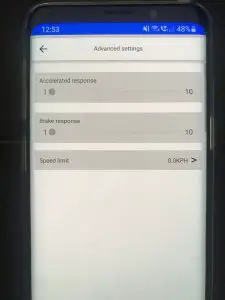
This article chronicles my adventures in hacking a budget-priced e-scooter to make it even more fun and practical. Note: this post is for educational and informational purposes only. Proceed at your own risk! You may wreck a perfectly fine e-scooter if you are not careful.
I am a fan and owner of both e-bikes and e-scooters. Both have their strengths and weaknesses. E-scooters, in particular, are very handy when traveling on public transport, in my case, on a train as they fold down nice and compact. E-bikes are great for longer distances and getting moderate exercise.
And no, this article isn’t about stealing a Lime, Spin, or Bird e-scooter (or any other ridesharing service e-scooter for that matter), or for getting free rides. This is about hacking an e-scooter that I already own and how you can do it too 🙂
Video form of this guide:
Table of Contents
What the heck is a Doc Green EWA 6000 E-Scooter?
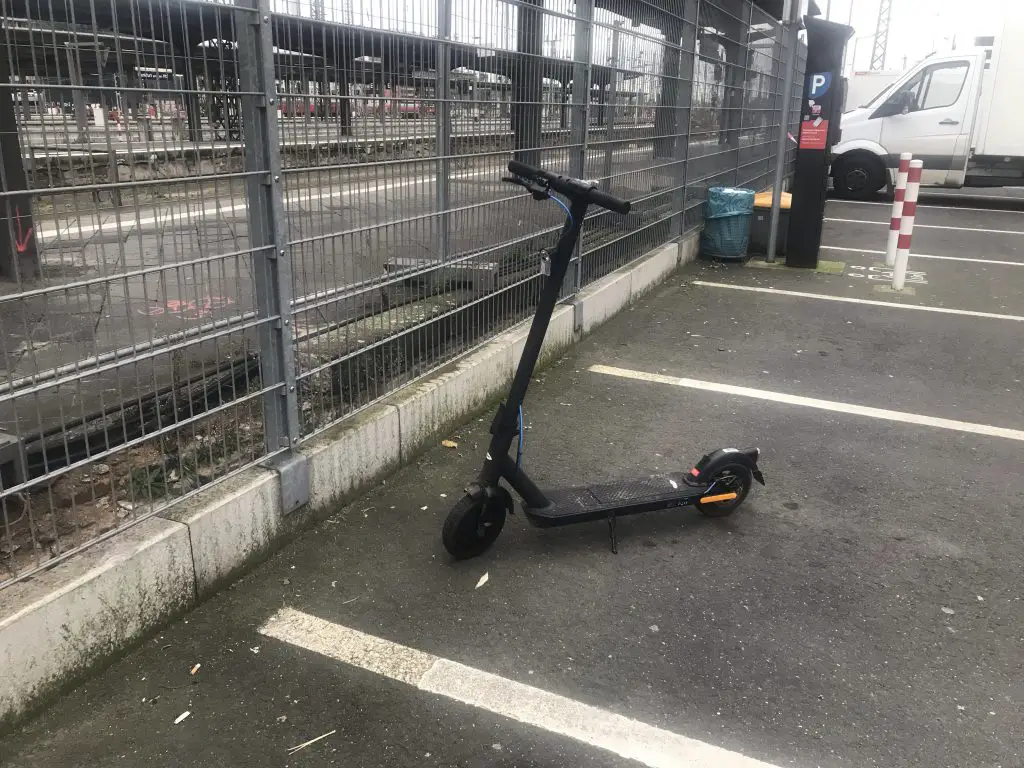
I purchased an e-scooter some time ago from Lidl. The e-scooter model is the “Doc Green EWA 6000“, and it cost €290 ($350) delivered, due to a limited-time deal. This was even cheaper than the similar Xiaomi M365 (the most popular e-scooter perhaps ever) which retails for about €350-400 at the time of writing. Check the Lidl product page here (page in German).
From what I can gather, this e-scooter is steeped in irony. It appears to be a German clone of a Chinese product. Yes, let that sink in for a moment. If you can think of another recent German product that is a clone of a Chinese product, I’m all ears.
Why on earth would “Doc Green” (a brand owned by a German manufacturer called KSR Group GmbH) make a copy of the highly-popular Xiaomi M365?
I can think of two reasons: the German regulations not allowing standard M365s on the street, and Lidl offering them volume sales to make a street-legal copy of a popular e-scooter. In order to make a street-legal e-scooter, it must contain certain features which the M365 doesn’t. Lidl is a discounter supermarket with enormous buying power that operates at a massive scale.
Related Article
Doc Green EWA-6000- E-Scooter Review
Limited Speed, Limited Functionality
Limited Top Speed
After my initial excitement of zipping around on the new toy wore off, I noticed some frustrations with my new purchase. The 20 km/h (about 12.4 mph) speed limit, imposed electronically from the factory, is simply not fast enough to be practical. This is due to the fact that in Germany the law states that e-scooters must be limited to 20 km/h or less in order to be certified for public roads. Cyclists going at a moderate pace are comfortably faster than this. When traveling on the flat or downhill, in particular, the 20 km/h limit feels like moving through treacle. Something had to be done.
Limited Range
Another frustration that quickly became evident is the limited range. The manufacturer claims an estimated range of 22km (about 13.7 miles), but in cold weather that gets cut dramatically.
No Bluetooth Connectivity
Additionally, this particular e-scooter model did not have any Bluetooth connectivity from the factory, so it could not connect with a smartphone app [link to apps]. If you google ‘e-scooter hacking’, there are a lot of mentions of using smartphone apps to re-configure settings on popular e-scooters like the Xiaomi M365 or M365 Pro, which offer Bluetooth connectivity as standard. It’s quite amazing what these apps can do- apart from the obvious like display the current speed and charge level they can do things like setting cruise control (useful for sparing your thumb on the uncomfortable throttle lever), change the start behavior from ‘kick start’ to start from zero, display the motor and controller temperatures, show distance traveled, and even log routes via GPS. Very nifty indeed!
How can you hack an e-scooter?
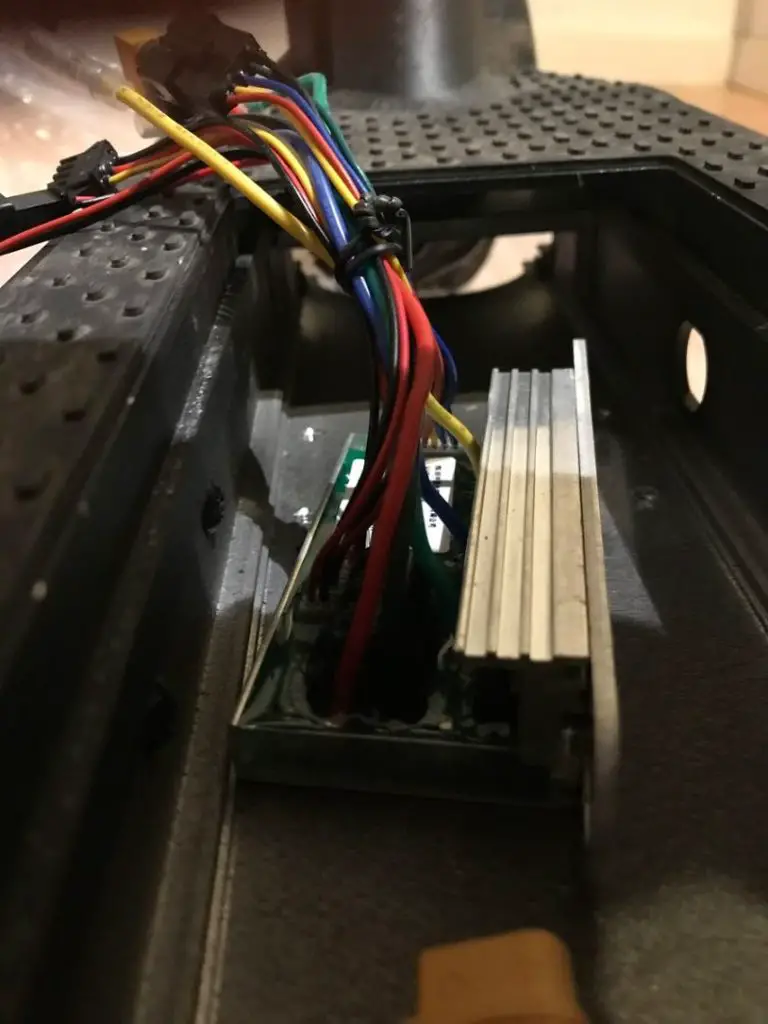
In this case, I took my e-scooter and pulled out some standard-issued components, namely the controller and the digital display, and replaced them with upgraded versions that are compatible with the e-scooter. I am not too experienced with hardware hacking, so figuring some things out on the fly was necessary. All credit for these instructions must go to user ‘Tobias’ from the eScooter Treff forum (link in German, paste the URL into google translate to read it in English) who originally figured out how to replace the parts and posted instructions and photos. The forum also contains links to the replacement parts needed.
The e-scooter controller and the default display needed to be removed. The new controller removed the 20 km/h speed limit, and the new display unit added Bluetooth functionality, similar to the M365. This means many Android apps and some iOS apps now can connect to the e-scooter.
Replacing the Speed Controller
The trickiest part of the process was figuring out how to get the old controller out and inserting the new one. The space was extremely tight and the new controller was too wide. Luckily, there was an additional front metal plate on the new controller, held in place with two small screws. Off it came, and it fits into the slot from the old controller – just barely! In the photos below you can see the new controller slotted into a plastic box, which was the position of the old controller.
The product gallery below chronicles the process. Excuse the vertical photos – their purpose was to document the order of what connects to what, in case of problems when reassembling everything.
Replacing the Display
The digital display was thankfully more straightforward to replace. To remove the existing display, I simply popped off the plastic cover, unscrewed the old display, and disconnected the cables.
Then I needed to cut the cable on the old display to reuse a plastic plug that runs down the handlebar vertical tube to the new speed controller, and solder those wires to the equivalent wires on the new controller. There were some additional wires running to the front and rear lights (these are some additions which the M365 don’t have), luckily these wires did not need to be cut, they worked despite me not changing the plug.
The new display is, unfortunately, a bit smaller than the old one. So I hacked together a ‘mount’ (I hesitate to call it that) from stiff cardboard wrapped in electrical tape, and put that around the new display to fill out the space around the new display and to stop it wiggling around.
I screwed everything back together, I held my breath, and pushed the on button.
It worked first time!
After some quick road tests- on private land of course- I confirmed that the e-scooter can indeed hit 28-30 km/h, and that the Bluetooth function works marvelously. The cool thing is that the e-scooter looks identical to the stock e-scooter which was a goal from the outset.
Future Developments
Of course, hardware tinkering is never done.
Fitting an extra battery, perhaps an upcycled battery from another device would be very handy for cold weather.
Also on the wishlist is to integrate the e-scooter into Home Assistant to be able to read stats in real-time: https://github.com/AntonHakansson/m365py
Further reading:
- E-Way E-Scooter Speed Hack
- E-Bike vs E-Scooter for Commuting – Which is Better?
- E-bikes vs other commuting options
Conclusion
Hardware hacking is enormously satisfying, as you can see your results in the real world. It’s a bit scary to pull apart a new toy that is working fine and tune it with unknown parts recommended by an unknown person online, but if you take your time, document each step carefully with photos, and follow the instructions to the letter, you can figure it out too – even if you are a noob like me.
